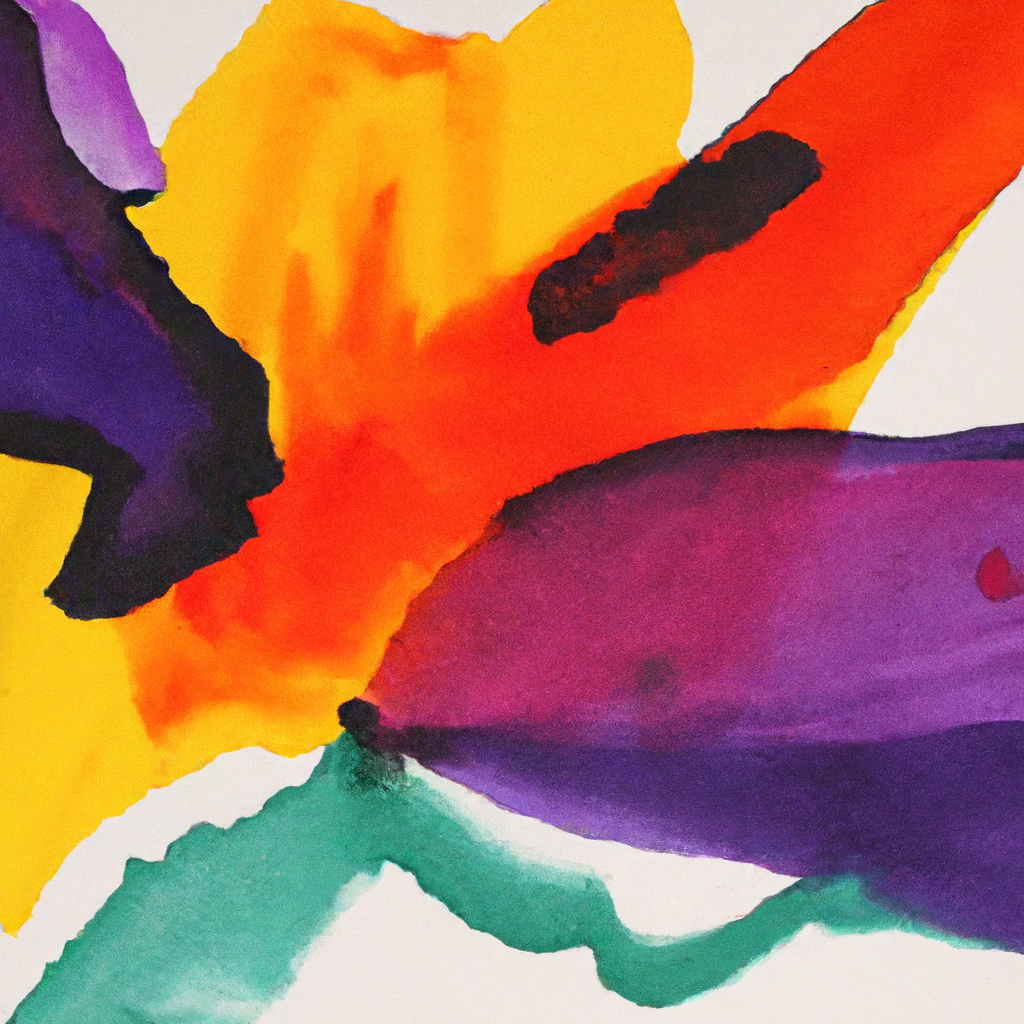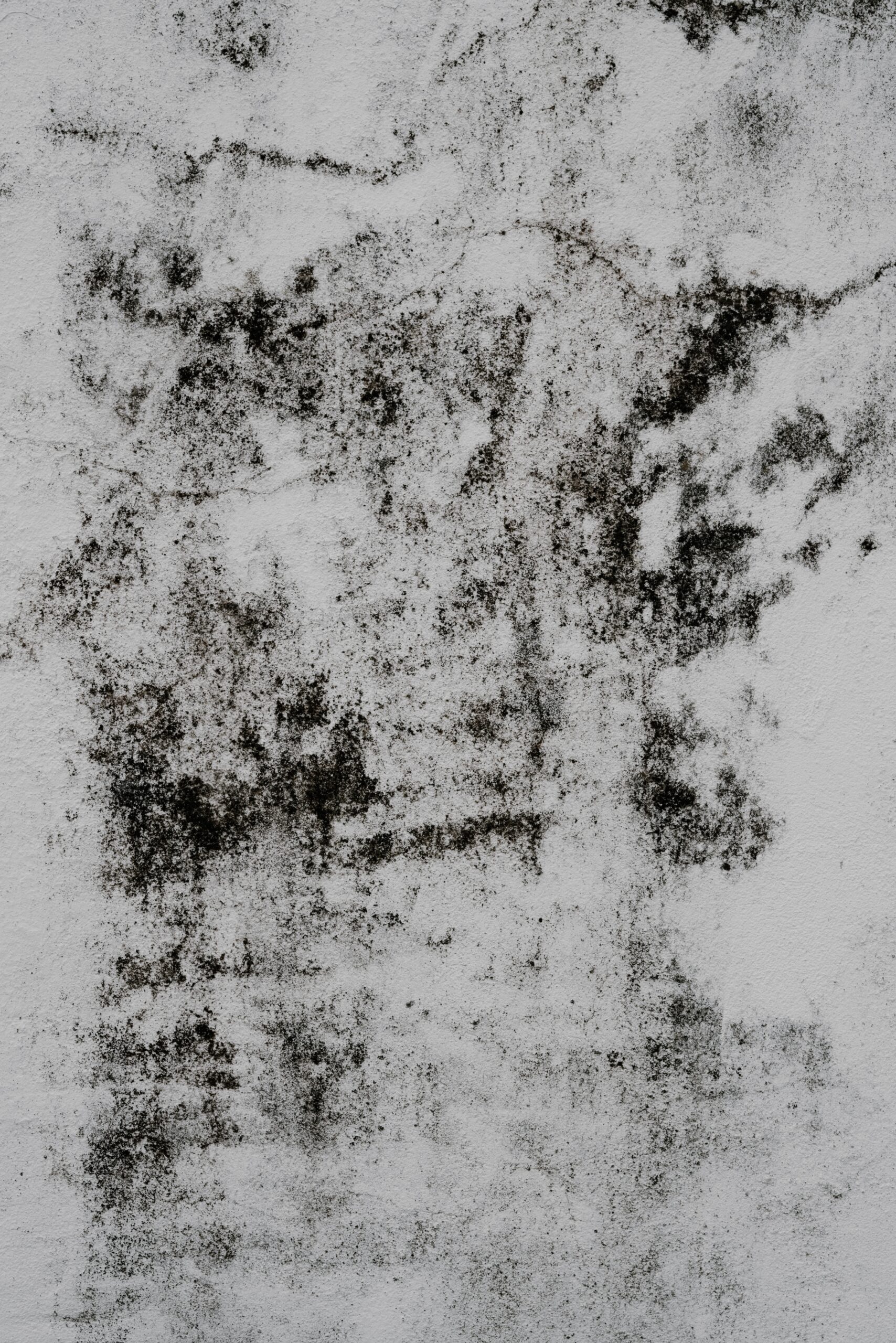In this article, you will discover the art of painting water with gouache, a technique that allows you to capture the mesmerizing beauty of this element with precision and finesse. With its vibrant colors and opaque texture, gouache offers unique opportunities to recreate the fluidity and movement of water. By mastering the appropriate brushstrokes, layering techniques, and color blending, you will be able to create stunning and realistic representations of water in your artwork. Let us explore the step-by-step process of painting water with gouache and unlock the secrets to bringing this dynamic element to life on your canvas.

This image is property of images.unsplash.com.
Materials
Gouache Paints
To paint water with gouache, you will need a set of gouache paints. Gouache is an opaque water-based paint that can be diluted with water for a watercolor-like effect. It is known for its vibrant colors and ability to be layered.
Watercolor Paper or Illustration Board
Choosing the right surface is crucial when painting water with gouache. Watercolor paper or illustration board is ideal as they can handle the moisture from the paints without warping or tearing. Look for a heavyweight paper with a rough or cold-pressed texture for better water absorption.
Palette
A palette is essential for mixing and diluting your gouache paints. Opt for a palette with wells or compartments to keep your colors separate and organized. Make sure it is also easy to clean and has a large enough surface area for mixing larger quantities of paint.
Water
Water is essential for diluting your gouache paints and achieving the desired consistency. Use clean water in a container or jar to dip your brush and mix your paints. Make sure to change the water regularly to keep your colors clean and prevent contamination.
Paintbrushes
Having a variety of paintbrushes will give you more control and versatility when painting water with gouache. Choose brushes with different sizes and shapes, such as round brushes for fine details and flat brushes for larger areas. Synthetic brushes are often preferred for gouache painting due to their ability to hold and distribute the paint evenly.
Masking Tape or Clips
Securing your paper or illustration board to a flat surface while you paint is important to prevent shifting or wrinkling. Masking tape or clips can be used to secure the edges of your paper and keep it flat. This will ensure that your paint application remains smooth and even.
Paper Towels
Having paper towels or a cloth nearby is essential for blotting excess water or paint from your brushes. It is also useful for creating texture or removing mistakes by lifting off paint. Keep a stack of paper towels within reach to maintain cleanliness and control in your painting process.
Preparing the Surface
Choose the Right Paper
When painting water with gouache, it is important to choose a suitable paper or illustration board that can withstand the water and paint. Watercolor paper or illustration board is designed to handle the moisture and prevent warping or tearing. Look for heavyweight paper with a rough or cold-pressed texture, as these surfaces will provide better water absorption and allow the paint to spread smoothly.
Secure the Paper
Before you start painting, it is crucial to secure your paper or illustration board to a flat surface. This will prevent it from shifting or wrinkling while you work. Use masking tape or clips to secure the edges of the paper, ensuring it remains taut and flat. This will ensure that your paint application is smooth and even.
Mask the Edges
To create a clean and professional-looking painting, consider masking the edges of your paper before you start. This involves applying masking tape along the edges, creating a border that will remain unpainted. This technique not only provides a neat finish but also helps to conserve the white of the paper, which can be used to depict highlights or reflections in the water.
Understanding Water Reflections
Study Reference Photos or Real-Life Scenes
To paint water realistically, it is essential to study reference photos or observe real-life scenes with water. Pay attention to the shapes, colors, patterns, and textures present in the water. Take note of how light and shadow interact with the water’s surface and how reflections are formed. Analyzing these visual cues will help you understand the intricacies of painting water and improve your ability to capture its unique qualities.
Observe Light and Shadow
Light and shadow play a crucial role in portraying water realistically. Notice how different light sources affect the water’s appearance and create reflections and shadows. Observe how the water reflects the colors and shapes of surrounding objects. Understanding how light interacts with water will enable you to accurately depict its transparency and depth in your painting.
Analyze the Shape and Movement of the Water
Water is constantly in motion, and capturing its shape and movement is essential for a realistic portrayal. Observe how water ripples, flows, and splashes. Pay attention to the curves, lines, and patterns that emerge. Analyzing the unique characteristics of water’s movement will help you accurately represent its dynamics in your painting.
Consider Color Temperature
Water can have varying color temperatures depending on the environment and lighting conditions. Consider the temperature of the light source and the colors of the surrounding objects that are reflected in the water. Cooler colors like blues and greens are often associated with calm or clear water, while warmer colors like oranges and yellows may be present in sunset or sunrise scenes. Understanding color temperature will allow you to accurately depict the mood and atmosphere of the water in your painting.
Color Mixing
Use a Limited Color Palette
To achieve harmonious and realistic colors in your water painting, it is recommended to use a limited color palette. Select a few primary colors, such as blue, yellow, and red, along with white and black. This restricted palette will allow you to mix a wide range of colors while maintaining color harmony throughout your painting.
Mixing Colors for Water
When mixing colors for water, consider incorporating various blues, greens, and grays to capture the nuances of the water’s color. Start with a base blue and gradually mix in small amounts of green or gray to achieve a more realistic water color. Experiment with different shade and tone variations to capture the different depths and transparency of the water.
Blending Techniques
Blending is an important technique when painting water to create smooth transitions between colors. Whether you are using a brush or your fingers, gently blend the colors together to achieve a seamless and natural-looking appearance. Be cautious not to overblend, as this can result in muddy colors and lost details.
Creating Depth and Transparency
To give your water painting depth and transparency, consider layering different shades of colors. Start with lighter washes and gradually build up the darker shades to depict the varying depths of the water. Leave some areas untouched to represent highlights and reflections. This layering technique will enhance the three-dimensional quality of your painting and create a more realistic depiction of water.

This image is property of images.unsplash.com.
Layering Techniques
Establish the Base Layer
To start painting water, establish a base layer by applying a light wash of your chosen water color to the desired area. This initial wash will provide a foundation for the subsequent layers and help establish the overall color and tone of the water. Make sure the layer is smooth and even, ensuring that the entire surface is covered.
Developing Layers of Color
To create depth and texture in your water painting, layer additional washes of color. Gradually build up the intensity and darkness of the colors to depict the varying depths and complexities of the water. Experiment with different brush strokes and techniques to recreate the movement and patterns of the water. Varying colors, tones, and brushwork will add interest and realism to your painting.
Adding Highlights and Reflections
Once you have established the base layer and developed the layers of color, it’s time to add highlights and reflections. Use a lighter shade or even pure white to depict the areas where the light hits the water’s surface. This will create a sense of luminosity and add dimension to your painting. Consider referencing your study of light and shadow to accurately position these highlights and reflections.
Painting Different Water Textures
Calm, Still Water
To paint calm, still water, use smooth brushstrokes and keep the colors relatively consistent. Focus on capturing the reflections and the subdued movement of the water. Use softer edges and lighter colors to convey a tranquil and serene atmosphere.
Rippling or Wavy Water
For rippling or wavy water, incorporate more texture and movement into your brushstrokes. Paint thin, curved lines or short dashes to represent the ripples and waves in the water’s surface. Vary the intensity and direction of your brushstrokes to capture the complexity and energy of the water’s movement.
Flowing or Rushing Water
When painting flowing or rushing water, emphasize the sense of motion and energy. Use longer, more fluid brushstrokes in the direction of the water’s flow, with bolder and darker colors to represent the strength and speed of the current. Allow the brushstrokes to mimic the movement of the water, creating a dynamic and captivating visual effect.
Reflective Water Surfaces
To capture the reflective qualities of water, observe how it mirrors the surrounding objects and colors. Use a smooth wash of lighter colors to depict the reflection, ensuring that it is in sync with the shape and movement of the water’s surface. Keep the brushstrokes soft and subtle to convey the translucent and reflective nature of the water.

This image is property of images.unsplash.com.
Capturing Light and Reflections
Creating a Light Source
Before adding light and reflections to your water painting, establish the location and direction of your light source. This will determine where the highlights and shadows will be positioned. Consider the angle and intensity of the light to ensure a consistent portrayal throughout your painting.
Painting Reflections
One of the vital aspects of painting water is capturing reflections. To depict reflections accurately, use gentle brushstrokes to recreate the shapes and colors of the reflected objects. Ensure that the reflections align with the position and movement of the water. By carefully observing your reference photo or scene, you can accurately represent the reflected images, adding depth and realism to your painting.
Highlighting Areas of Water
To emphasize the light hitting the water’s surface, add highlights using lighter colors or even pure white. These highlights help to create a sense of luminosity and depth in your water painting. Apply the highlights strategically, keeping in mind the angle and intensity of the light source. Focus on the parts of the water where the light is most direct or reflected the strongest.
Adding Sparkle and Shine
To enhance the visual appeal of your water painting, consider adding sparkle and shine to certain areas. Use a small, fine-tipped brush or even a toothbrush to splatter tiny droplets of white or metallic paint across the water’s surface. This technique mimics the glistening effect of light hitting the water, adding a touch of magic and realism to your painting.
Adding Details
Painting Water Ripples
To replicate the texture and movement of water ripples, use a fine brush to paint small, delicate lines or curves. Vary the length, shape, and intensity of the ripples to create a natural appearance. The ripples should follow the direction of the water’s movement and interact with the surrounding elements.
Depicting Underwater Elements
If you want to include underwater elements in your water painting, such as rocks, plants, or aquatic life, use darker tones and muted colors to suggest depth and distance. Paint these elements with softer edges and varying levels of transparency to imply their presence beneath the water’s surface.
Including Flora and Fauna
Adding flora and fauna to your water painting can bring life and interest to the composition. Consider including water lilies, grasses, fish, or birds to enhance the overall scene. Observe the shapes, colors, and proportions of these elements to portray them accurately, while also maintaining a sense of harmony with the surrounding water and landscape.
Enhancing the Overall Composition
As you add details to your water painting, ensure that they contribute to the overall composition and storytelling. Strive for balance and harmony by distributing the elements evenly and considering the rule of thirds or other compositional principles. Pay attention to the focal point, leading lines, and negative space to create a visually compelling and well-composed artwork.

Using Different Brush Techniques
Wet-on-Wet Technique
The wet-on-wet technique involves applying wet paint onto a wet surface. To achieve this, wet your paper or illustration board with a clean brush and water before applying the paint. This technique is especially useful for creating soft and blended effects, especially when portraying water. It allows the paint to spread and merge naturally, producing smooth transitions and vibrant colors.
Drybrush Technique
The drybrush technique involves using a dry brush with minimal paint to add texture and detail to your water painting. Load your brush with a small amount of paint, then gently drag or flick it across the paper’s surface. This technique creates a scratchy or textured effect, capturing the ripples or highlights on the water’s surface.
Splatter Technique
The splatter technique adds a dynamic and spontaneous element to your water painting. Dip a loaded brush into the paint of your choice, then use your finger, a toothbrush, or even another brush to flick or tap the bristles, causing paint droplets to splatter across the paper. This technique can simulate raindrops, splashes, or water spray, adding a sense of movement and energy to your painting.
Experimenting and Practicing
Start with Small Studies
To improve your skill in painting water with gouache, it is beneficial to start with small studies or sketches. These studies allow you to practice specific techniques, explore different color combinations, and refine your understanding of the water’s characteristics. By starting small, you can focus on specific elements and experiment without the pressure of creating a finished artwork.
Learn from Mistakes
Mistakes are an integral part of the learning process. Embrace them as opportunities for growth and improvement. If you encounter challenges or make errors while painting water, take a step back, analyze what went wrong, and adjust your approach accordingly. Over time, learning from mistakes will lead to a more refined and confident painting technique.
Explore Different Approaches
There is no one-size-fits-all method in painting water with gouache. Take the time to explore different techniques, brushwork, and styles to find what works best for you. Experiment with different approaches to achieve the desired effects, and don’t be afraid to push the boundaries of your skills and creativity. By exploring different approaches, you can develop a unique artistic voice and create more captivating water paintings.
Practice Regularly
Consistency is key when it comes to mastering any skill, including painting water with gouache. Dedicate regular practice sessions to hone your technique, experiment with new ideas, and refine your skills. Set aside dedicated time in your schedule, even if it’s just a few minutes a day, to paint water and engage in deliberate practice. With time and commitment, your proficiency and confidence in painting water will steadily improve.
In conclusion, painting water with gouache is a challenging yet rewarding endeavor. By understanding the materials, preparing the surface properly, and studying the characteristics of water, you can create realistic and captivating water paintings. Experimenting with color mixing, layering techniques, and brushwork will further enhance your ability to portray different water textures and the play of light and reflections. Finally, through regular practice and a willingness to learn from mistakes, you can refine your skills and develop a unique artistic approach in painting water with gouache.




